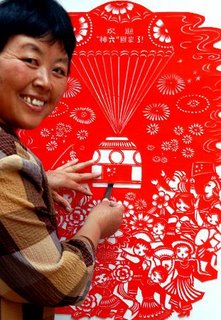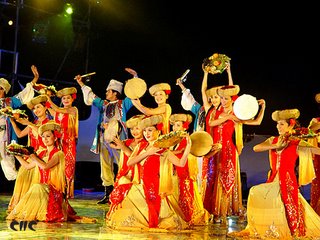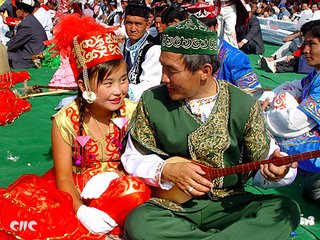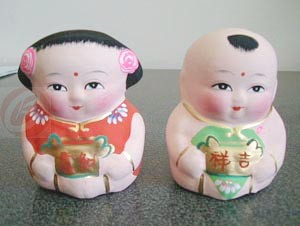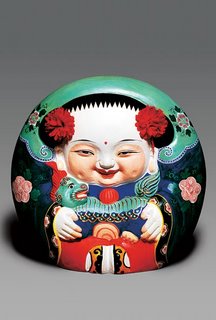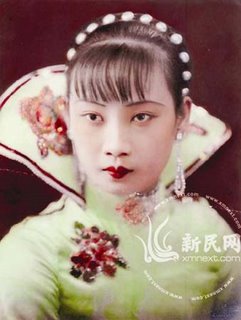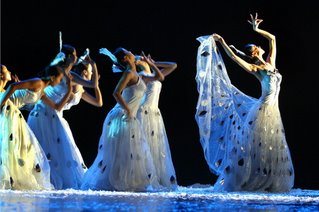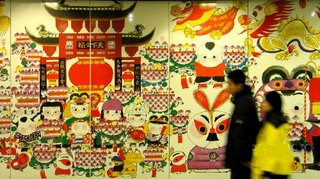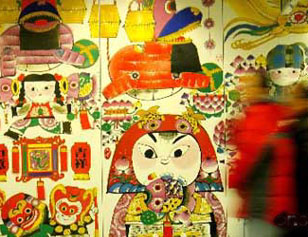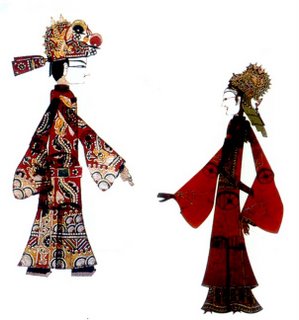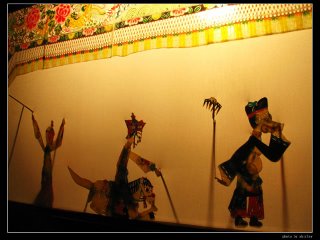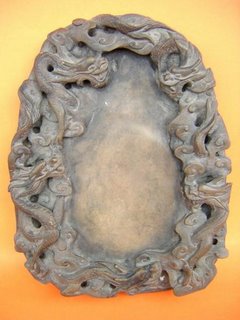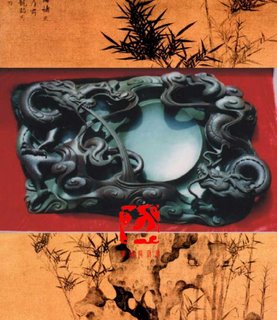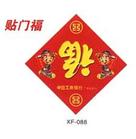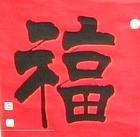A rundown of the major events in China shows 2007 will be extremely busy, productive and crucial for the country's reforms and development. The year will feature the continued evolution of the government and the turning of a new page for
the Communist Party of China.
The agenda is full of great challenges as the country's scientists reach for the moon, its farmers expect greater prosperity and
Beijing begins to take center stage in the run-up to the world's largest sporting event.
17th National Congress of the Communist Party of China to Convene
The Communist Party of China (CPC) will convene its 17th national congress in the second half of this year in Beijing.
The Congress, which is held once every five years, is crucial for the CPC as it continues efforts to unite and lead people of all ethnic groups and regions in building a moderately prosperous society benefiting everyone.
The election of 2,220 regional delegates who will attend the congress got underway last November and will continue until June. Officials from the Organization Department of the CPC Central Committee have called for Party members to further enhance inner-Party democracy by holding elections that feature more candidates than there are positions to be filled.
Olympic Preparation Enters Final Stage
Preparation for the
Beijing Olympic Games is entering the final stage as the one-year countdown will begin in August.
The Beijing Organizing Committee for the Games of the 29th Olympics (
BOCOG) told Xinhua that construction of all Olympic stadiums will be completed by the end of 2007, and that
BOCOG will map out the torch relay route and begin rehearsing the opening and closing ceremonies for the Games as soon as possible.
China has already issued a set of new regulations granting foreign journalists more freedom to report in China in the run-up to and during the
2008 Olympic Games in Beijing.
The regulations will come into force on Jan. 1, 2007, and expire on Oct. 17, 2008.
Under the regulations, foreign journalists who are non-residents in China will not necessarily have to be accompanied or assisted by a Chinese official when they report in China.
Foreign journalists also no longer need to apply to provincial foreign affairs offices for permission to report in all provinces of China, but need only obtain prior consent of the organizations or individuals they want to interview
Tenth Anniversary of
Hong Kong's Return to China to be Marked
China will mark its tenth anniversary of the return of Hong Kong on July 1, 2007.
The Hong Kong Special Administrative Region will host a series of celebrations from April to September.
"We hope the celebrations will demonstrate the vitality of Hong Kong and Hong Kong people," a Hong Kong SAR government official told Xinhua.
Since its return to China, Hong Kong has pulled through the Asian financial crisis that hit the region in 1997 and the outbreak of SARS in 2003. It has remained a "free port", an international metropolis that has developed into an financial, trade and transport center with the full support from the Central Government and the Chinese mainland.
People's Liberation Army to Celebrate 80th Anniversary
China will commemorate the 80th anniversary of the founding of the People's Liberation Army
(PLA) on Aug. 1, 2007.
The PLA has played a historic role in the founding of New China under the leadership of the CPC. The Army continues to hold a special place in the hearts of the vast majority of the people.
The PLA's past exploits and victories and its continuing international peace keeping efforts are helping promote the country's development and to build a harmonious society.
The newly-released white paper on China's national defense said "China pursues a national defense policy which is purely defensive in nature."
The white paper says China's national defense and military modernization is required to keep pace with new trends and technology in order to maintain China's national security and development.
The People's Liberation Army (PLA) currently has 2.3 million troops, said the white paper.
National Economy to Realize "Efficient and Rapid" Growth
China's economy has maintained double-digit growth for numerous years, and this year China will improve its economic macro-control policies to maintain good economic development momentum.
Although it appears to be a mere flip in words, it is important to note the change of requirement for economic growth from "rapid and efficient" to "efficient and rapid". The wording change demonstrates that in 2007, China will pay more attention to the quality and efficiency of its economic growth and put more efforts into structural readjustment and the transformation of its mode of economic growth.
China's economic macro-controls will also remain consistent and stable and policies will be changed in a timely manner after new issues and challenges are deeply researched and examined.
NPC Session to Discuss Drafts of Property Law, Corporate Income Tax Law
The fifth full session of the Tenth National People's Congress (NPC), which will convene in March, will deliberate the drafts of Property Law and Corporate Income Tax Law.
The draft of Property Law will adhere to the rule of equally protecting all kinds of ownership and is expected to solve problems which urgently need to be regulated while safeguarding the fundamental interests of the overwhelming majority of people.
The Corporate Tax Law is expected to set a unified income tax rate for both domestic and foreign companies at 25 percent. Modern Agriculture, Prime Task for New Countryside Construction
According to the plan set out at the National Agricultural Work Meeting, building a modern agriculture system will become the prime task for the country's new countryside construction drive in 2007.
The task of pushing forward the construction of modern agriculture is very arduous, as China is still moving from traditional agriculture methods to a more modern agriculture system.
With the brisk economic development and accumulating financial revenues, the Chinese government will continue to consolidate and improve its agricultural policies and increase its capital input for farmers and agriculture and in rural areas.
The Chinese government is also striving to realize its national grain security, sharpen agricultural competitiveness and increase farmer's income by introducing more modern agricultural science and technologies, bringing modern production tools to rural areas and implementing modern agricultural management models in countryside. Chang'e I Moon Orbiting Project to Be Fulfilled
China will launch this year its first satellite to orbit the moon, according to China's lunar exploration program.
Work on the Chang'e I satellite will be completed in early 2007 but no launch date has been set.
Sun Laiyan, director of the China National Space Administration said the Chang'e I satellite has four objectives; to obtain three-dimensional images of the lunar surface, analyze the content of elements and materials on the lunar surface, verify the depth of the lunar soil and study space environment as it travels between the earth and the moon.










